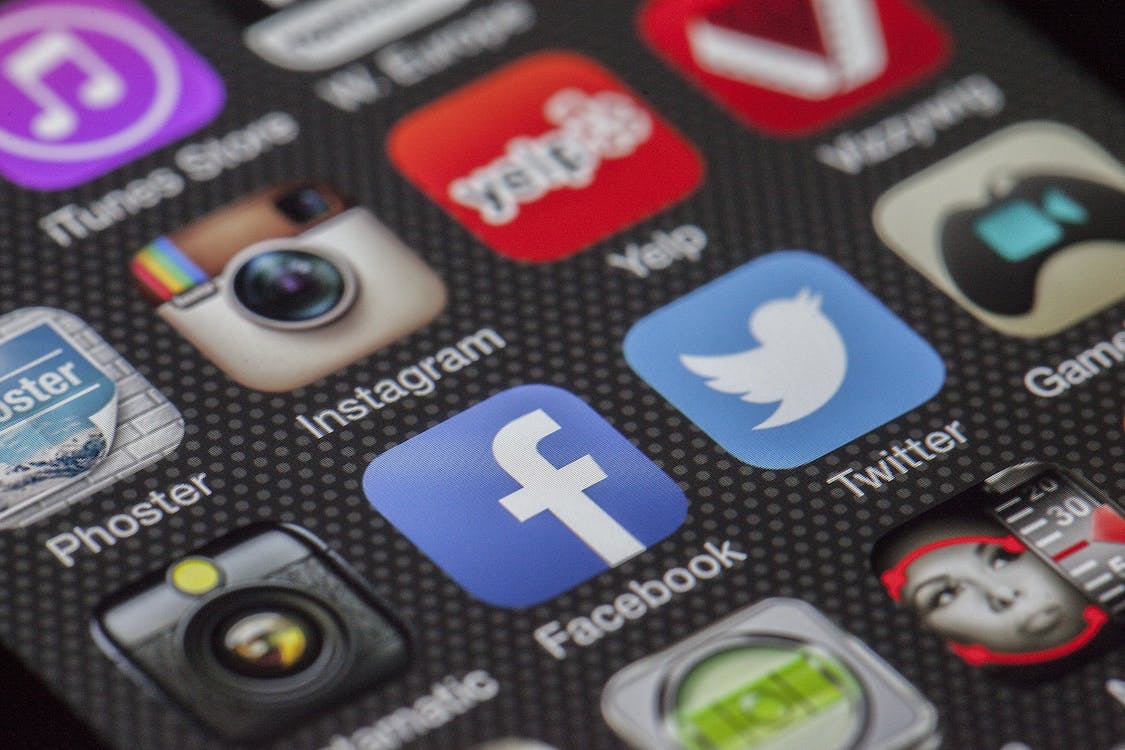Refocusing on Social Marketing's 80-20 Rule

People wouldn't want to be friends with someone who spoke about themselves 100 percent of the time, and consumers wouldn't want to follow a brand on social media that does so either.
The 80-20 rule is referenced in a variety of situations (like 80 percent of revenue comes from 20 percent of customers), but for marketing communication, it's often believed to mean that there should be more listening than talking (an 80-20 ratio). Reports seem to come in every year, however, that indicate social media has become a one-way dialogue for many brands - the majority not listening and not responding to what their customers are saying about them on the channel. Brands are also overly sharing promotional messages so much so that consumers report it's the most annoying action companies take on social media.
In order to achieve the type of engagement levels brands are looking for, they need to start focusing less on themselves and more on their current and potential customers. Let's look at how to bring the 80-20 rule to social media.
At the very least, start listening
Social media management tools like Sprout Social, Buffer and Hootsuite, as well as dedicated brand-listening platforms like Brandwatch and Social Mention, make quick work out of monitoring company mentions. From service complaints to compliments, brands can respond to customers in their moment of need. Even when it's a negative interaction, brands that respond via social media are often applauded for doing so, and customers think differently of the situation after the fact.
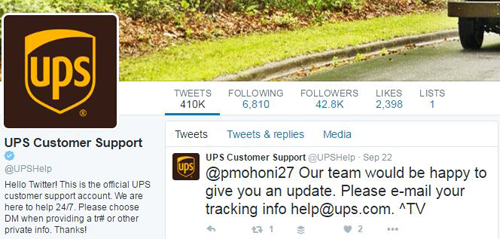
Curate when it makes sense
Sure, many brands have their own blogs but that doesn't mean there isn't relevant information being shared by others that could be helpful to a like-minded audience. Sharing content that makes sense to an audience may not generate any conversions as the result of their clicks, but can help build trust with followers when they come to rely on that account as a good source of information and interesting insights.

Spotlight your customers
It's been well reported that user-generated content, or UGC, is one of the most influential forms of content as people trust what their peers have to say more than they ever will a brand. What's more, people like to see products in use in the real world in order to get a better idea of whether it will be a good fit for them. Retailers should encourage their customers to share everything from them wearing/using items to them unboxing their shipments (see below). Likewise, service providers can share things like customers' before-and-after shots (e.g., home remodels, beauty services or case studies for things like software use). By letting customers talk for a brand, the company will be better off because the communication will be seen as more genuine.

A variety of vendors help collect UGC (like those listed here) and companies will want to turn to their social media management platform to repurpose some of the incoming brand mentions. Buffer, for instance, recently announced the launch of its Reposting product for Instagram, which allows users to repost content they come across. When Buffer started reposting "stunning content," it increased its followers by 60 percent.
Peel back that onion
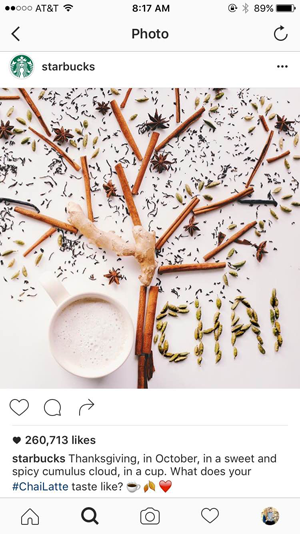
Brands truly wanting to engage in a more back-and-forth dialogue with their social media followers, should start asking their audiences questions - similar to how a person would in everyday life if they wanted to get to know someone better. It doesn't matter what the company offers, there are simple questions that can get people talking. How was your Friday? What room of your house do you want to remodel first? What area of your digital marketing is falling behind? What tech event had the best entertainment this year? If you won the lottery, what would you do first? Not only can question-and-answers help improve social media engagement, but the insights could also be turned into a compelling blog post if the topic warrants further discussion.
The questions should of course appeal to the audience, but asking a genuine question and pairing it with a great graphic, can get the conversation started. For brands worried about lack of response, they may want to consider paying a very small fee (could be as little as $5) to boost their post on Facebook to reach more people (since organic reach is declining). Brands can also ask their employees, family and friends to be part of the conversation as they build higher engagement levels.
Give people a way to talk to you
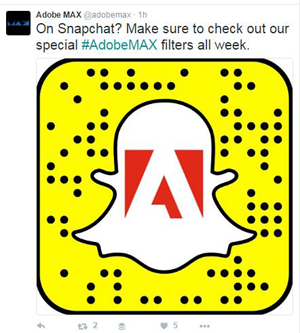 If a brand feels that all it's doing is talking at customers on social rather than with them, they are probably right and may want to examine the channels in which they promote social media as a communication option.
If a brand feels that all it's doing is talking at customers on social rather than with them, they are probably right and may want to examine the channels in which they promote social media as a communication option.
Do customers know which hashtags to use when they do decide to post a picture of the product or service they received? Do event attendees know the hashtag to involve themselves in the conversation? Do customrers even know which social media network the brand is active on?
Adobe was smart to tweet about its Snapchat filters prior to its annual event. Not only does it build excitement about the conference, but attendees also know where to look for more engagement opportunities as well as which hashtag to use since Adobe included it within its own tweet.
Let influencers do the talking
Influencer marketing is a proven social media tactic, as it takes people who are liked or influential in an industry and allows them to speak on behalf of a brand whether it's with a "native ad" type post (they should include #ad) or them taking over the company's social media accounts for the day. For more on influencer marketing, check out November's feature, "Collaborative & Curated Social Media."
Instagram is a popular network for influencer marketing as celebrity-type people post everything from the subscription boxes they receive (like former Bachelorette Jillian Harris) or the clothes they are wearing.
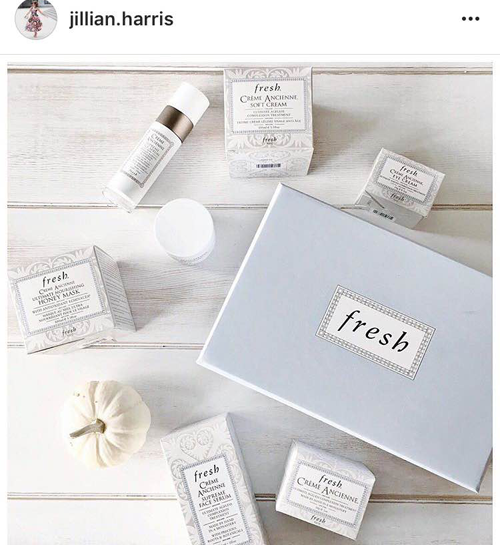
80-20
It's difficult, yes, to listen more than you talk on social media since the channel is very much a broadcast network. That said, there are some brands providing great examples of listening more and talking less including: UPS (it has a dedicated customer service handle); Alex & Annie (it often curates inspirational quotes and its social media presence is fueled by people sharing pictures of their #CharmedArms); Digiorno Pizza (for its involvement in real-time happenings); and FabFitFun (for its Snapchat takeovers when celebrities host their snaps for a specified amount of time). Now, it's your turn to be the next great brand on social!

Subscribe to Our Newsletter!
Latest in Social Media







